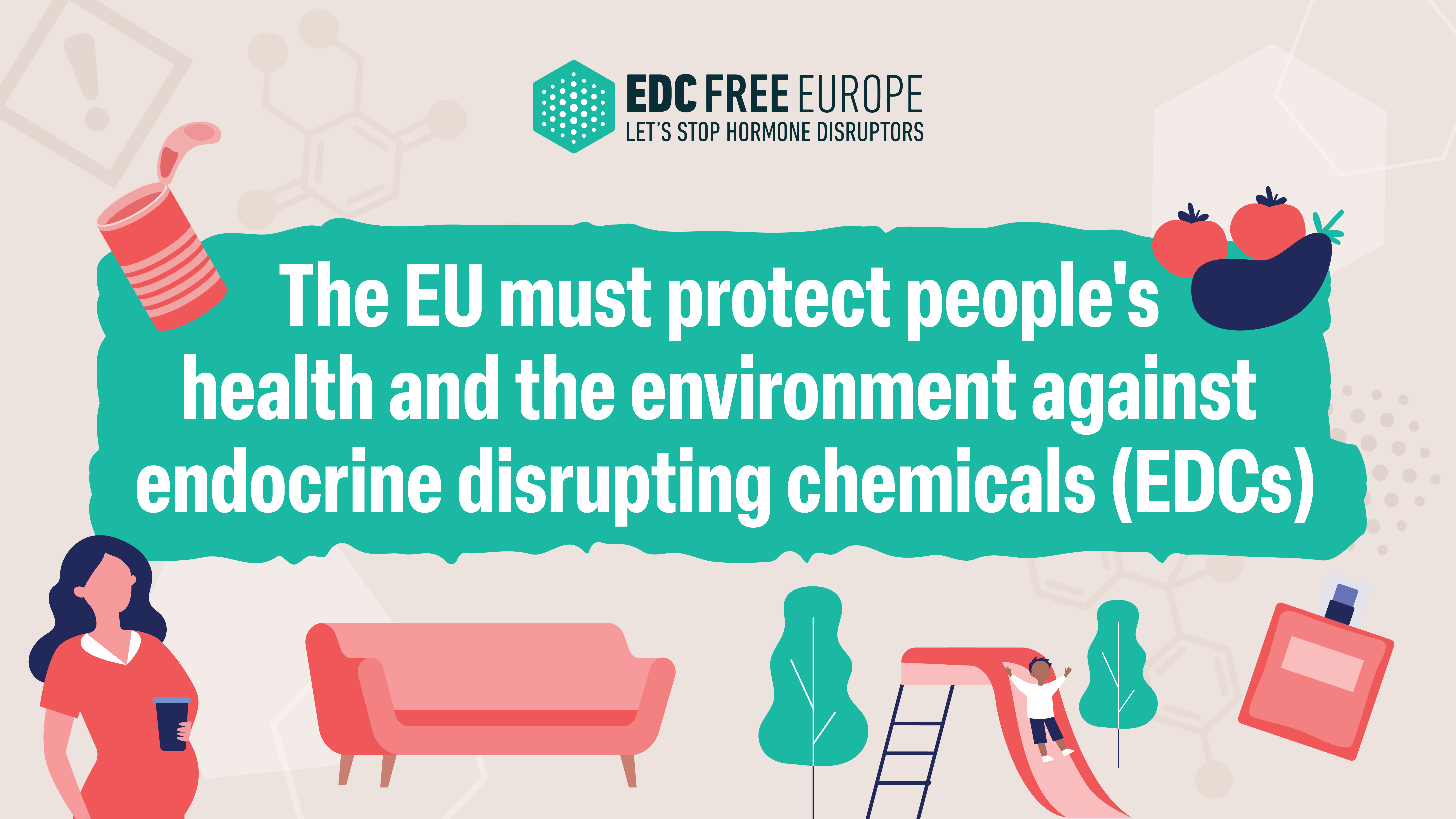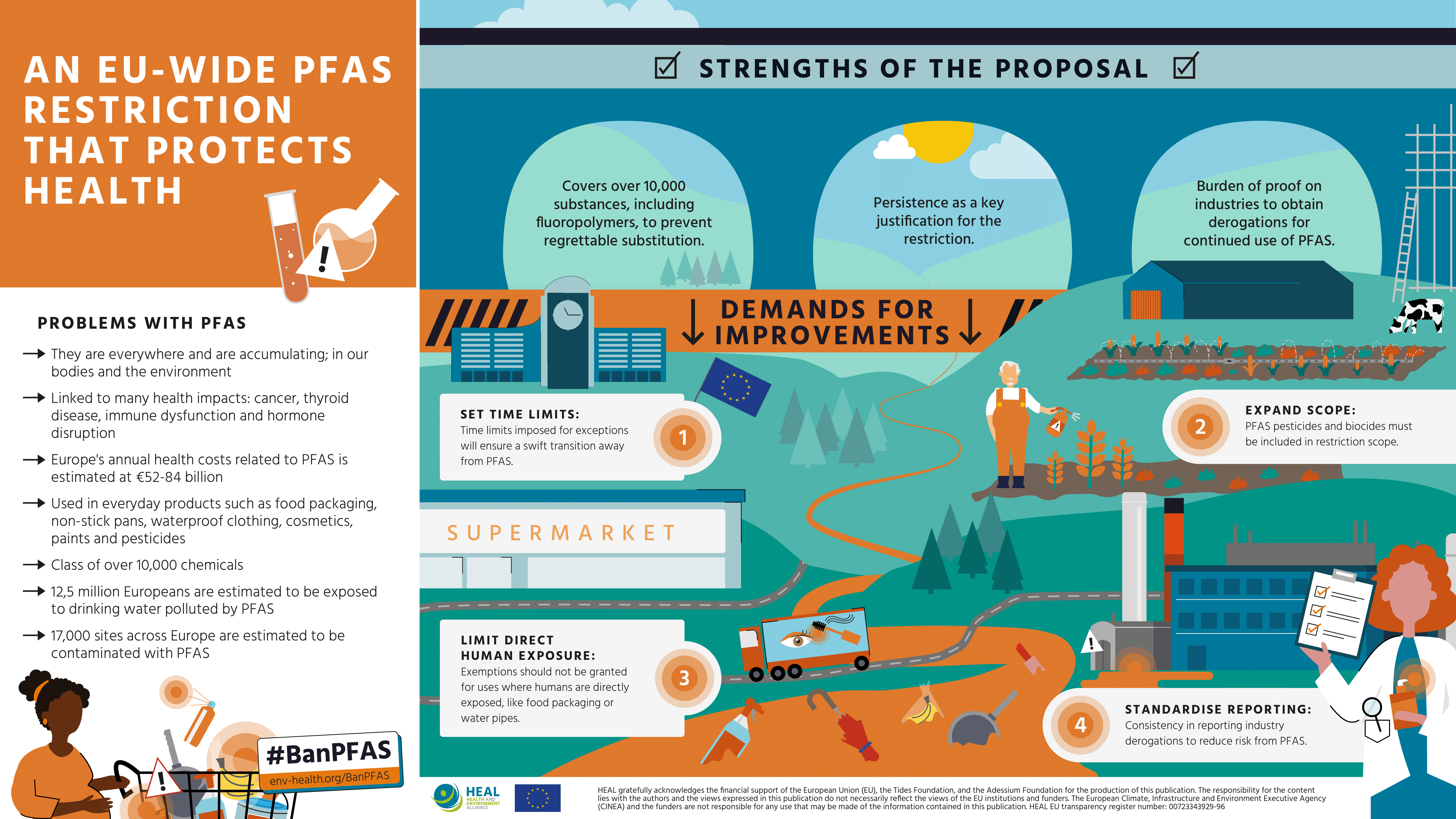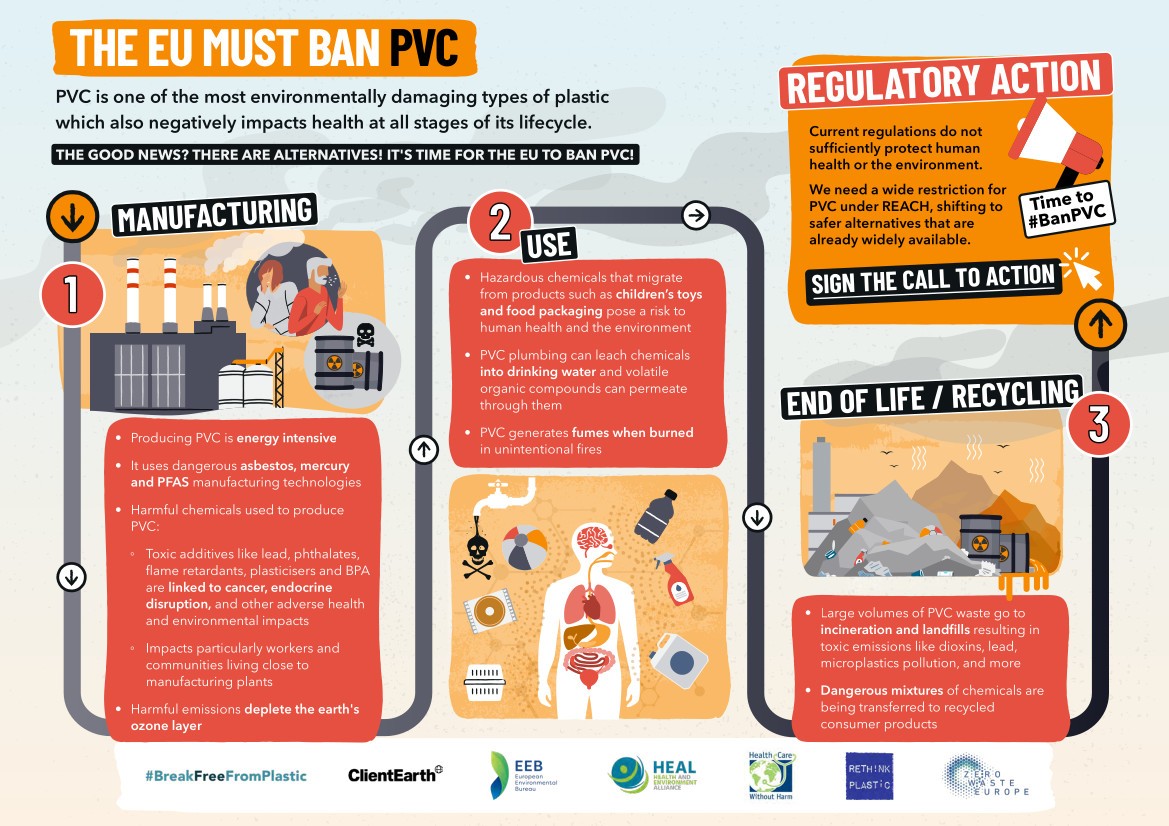The EDC-Free Europe coalition, of which HEAL is a member, has launched a new infographic illustrating the harmful impacts of exposure to known and suspected endocrine disruptors on our health and the environment.
Nobody should ever have to worry about toxic substances making their way into our food. Yet, if you ask around, most consumers have no idea about the composition of the packaging wrapping their food and drinks, and how this might affect them. Here are nine fact cards to illustrate why we are concerned.
To illustrate how chemicals in food wrappings can impact people’s health, HEAL developed an infographic and a set of fact cards, available for download in multiple languages*. To read more about our campaign on food contact materials, click here.
1 – Chemicals used for packaging our food can put our health at risk
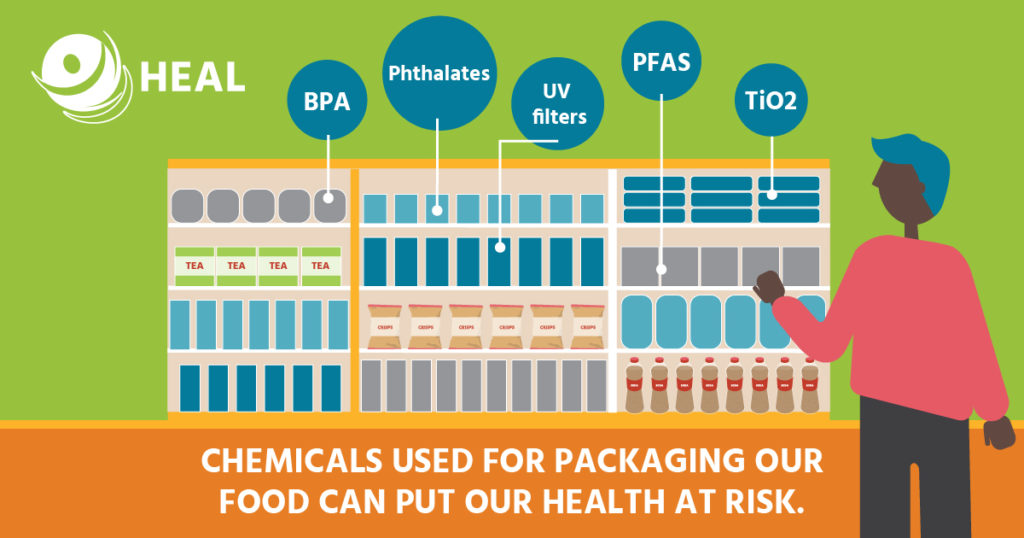
2 – 8,000 chemicals can come in contact with our food during processing. Not all have been tested for toxicity
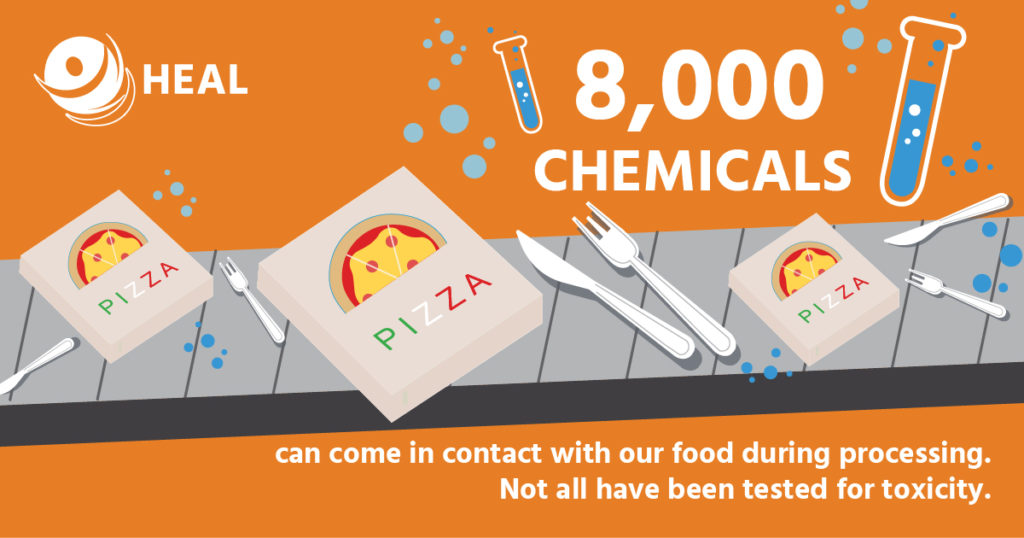
3 – At least 63 chemicals used in plastic food packaging are toxic to health
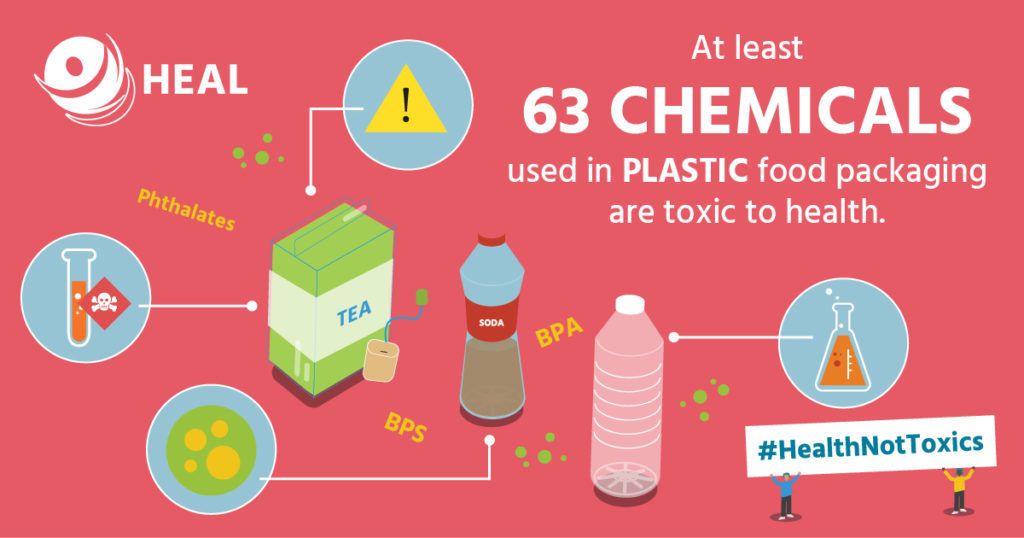
4 – Only 5 of 17 materials used for processing or packaging food are regulated at European level
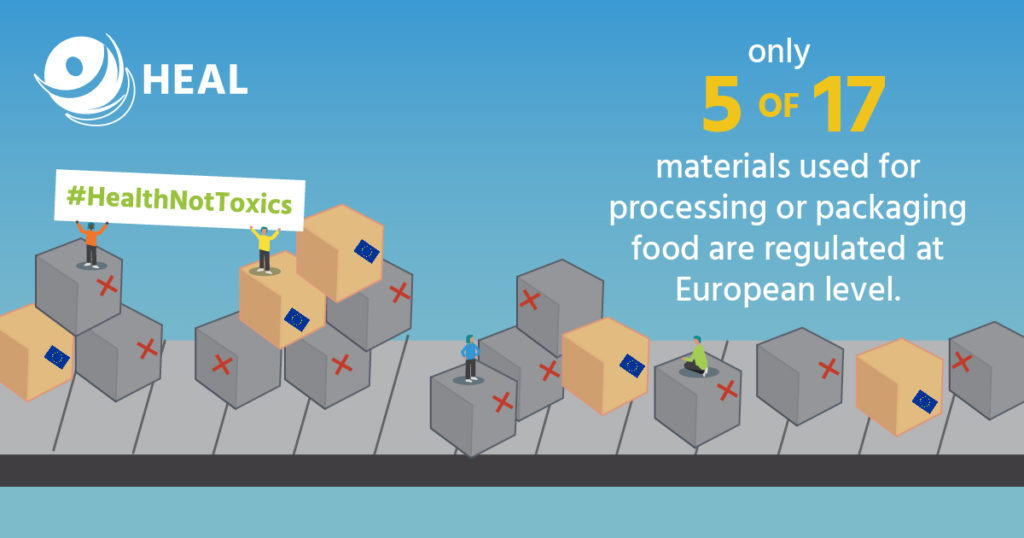
5 – Paper, cardboard and printing inks used for food packaging are not regulated at the European level
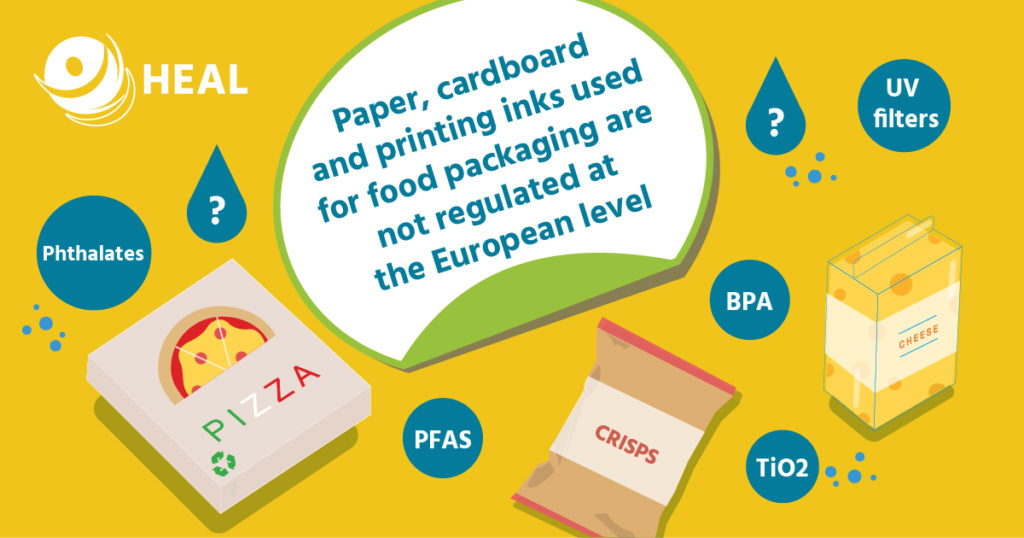
6 – Some plastic products are more toxic than others
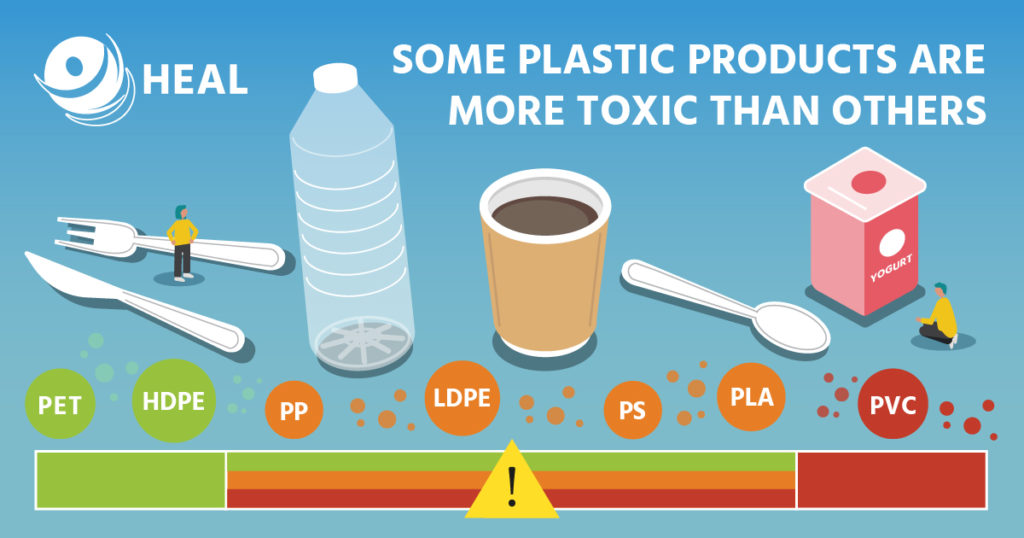
7 – Health effects of chemicals used in food packaging include cancer, reproductive disorders or hormone disruption
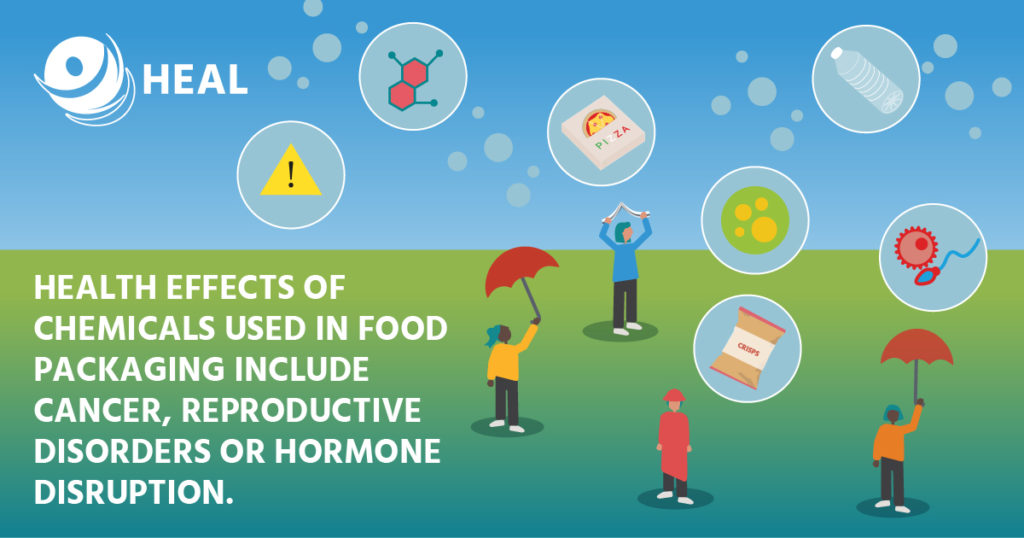
8 – Known substances of very high concern are still tolerated in food contact materials
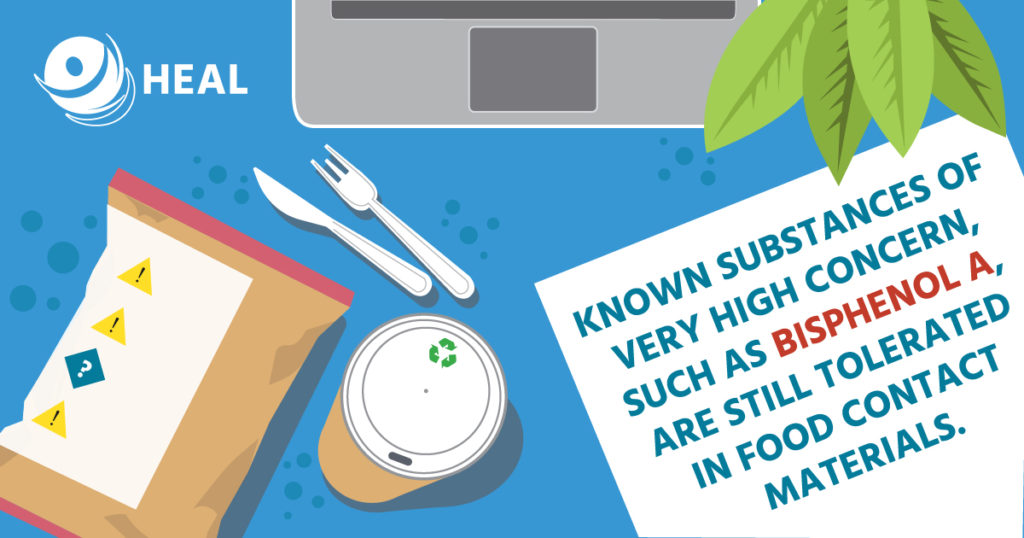
9 – There is a need to address the mixtures of chemicals in food contact articles
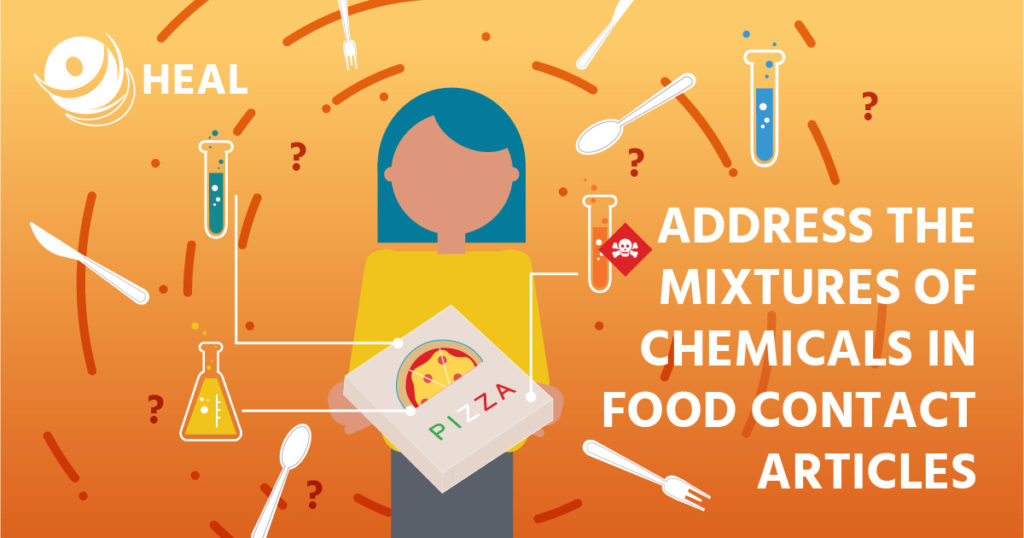
* We thank WECF France, ARNIKA, and Fundación Alborada for supporting the translations into French, Czech and Spanish.
1 – Los productos químicos utilizados en los envases de alimentos pueden poner en riesgo nuestra salud
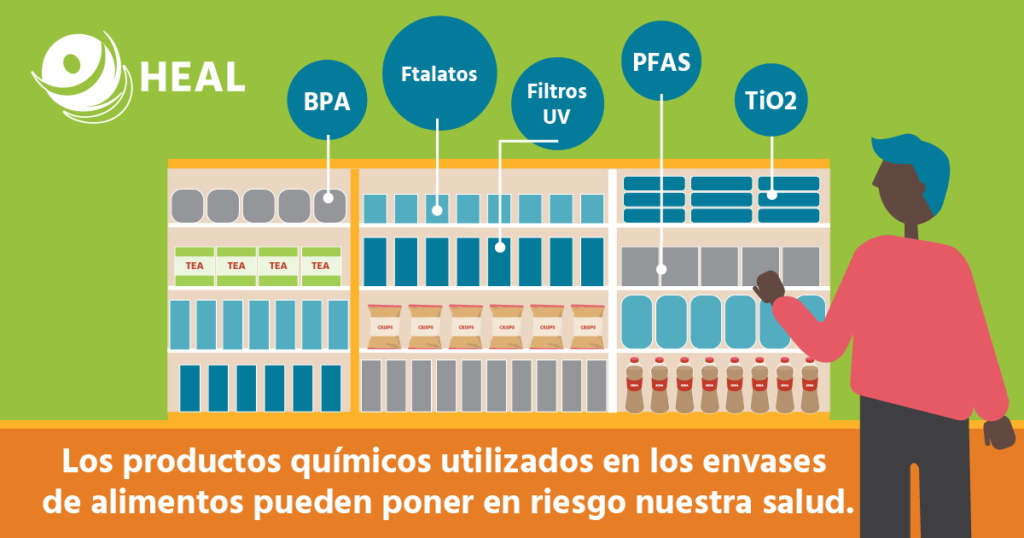
2 – 8.000 productos químicos pueden entrar en contacto con nuestros alimentos durante el procesado. No en todos se ha analizado su toxicidad
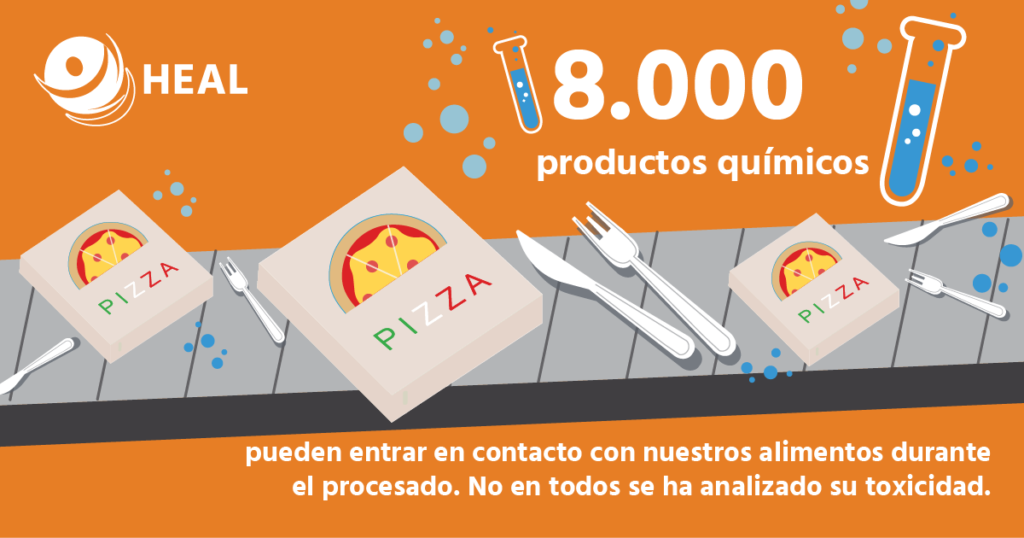
3 – Al menos 63 productos químicos que se usan en los envases de alimentos son tóxicos para la salud
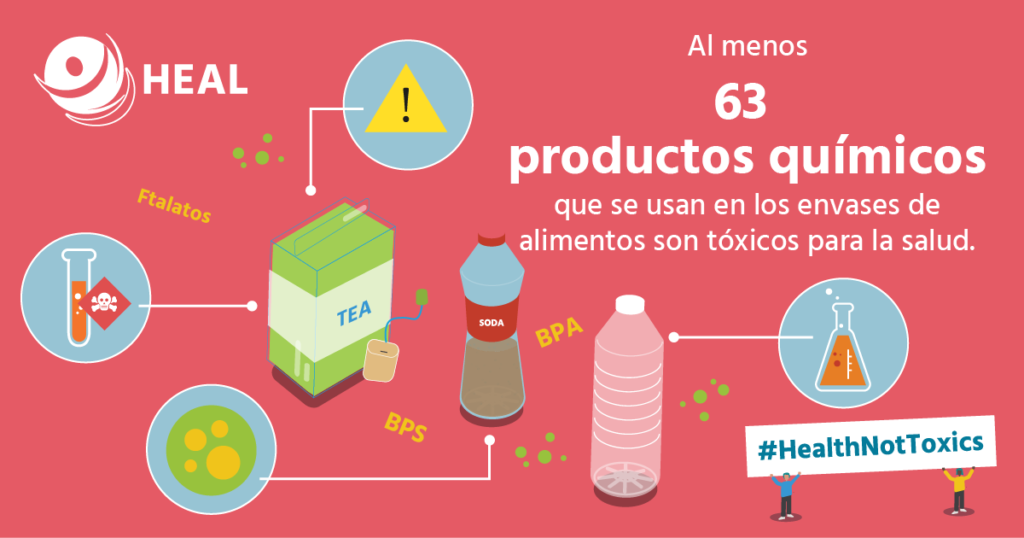
4 – Solo 5 de los 17 materiales utilizados para procesar o envasar alimentos están regulados a nivel europeo
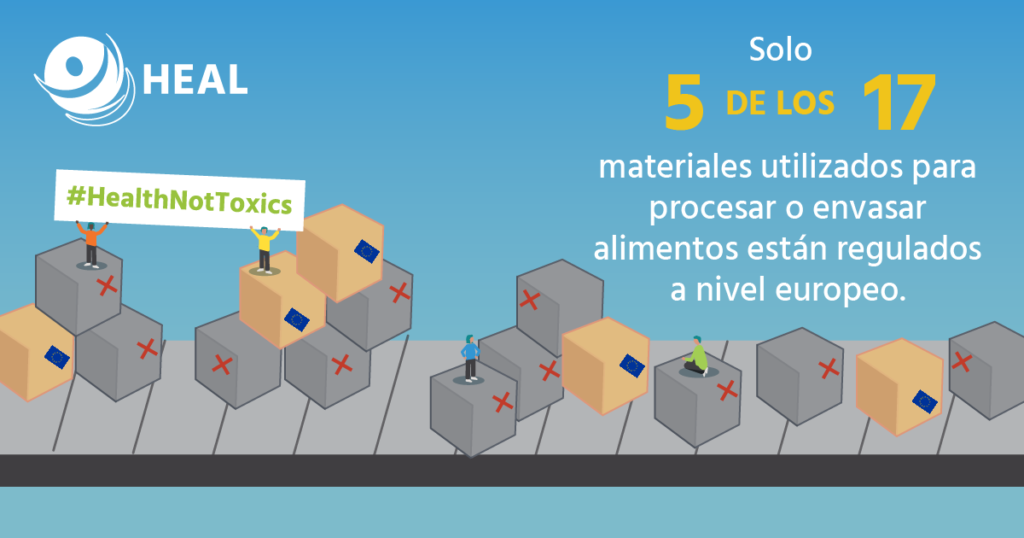
5 – El papel, el cartón y las tintas de impresión utilizadas en los envases de la comida no están reguladas a nivel europeo
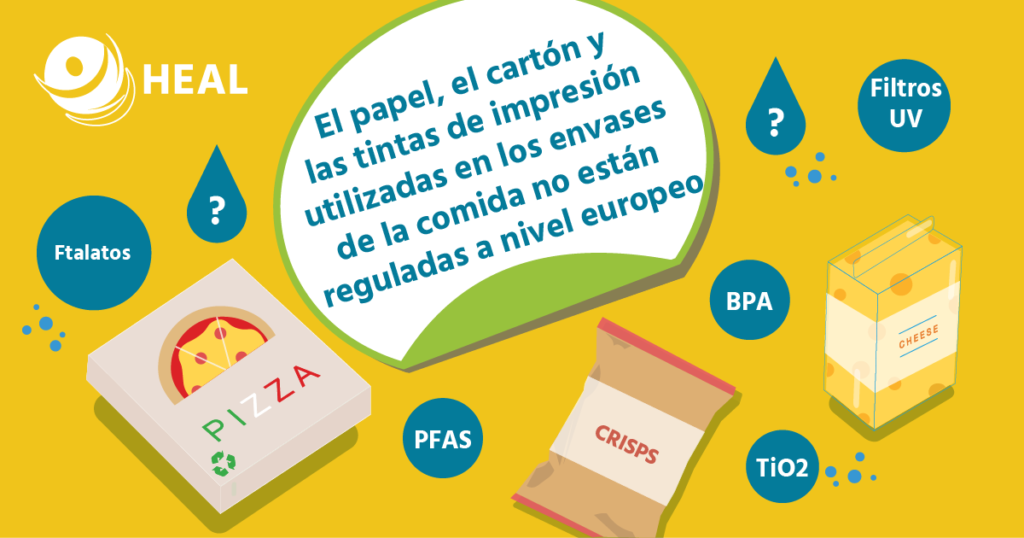
6 – Algunos productos de plástico son más tóxicos que otros
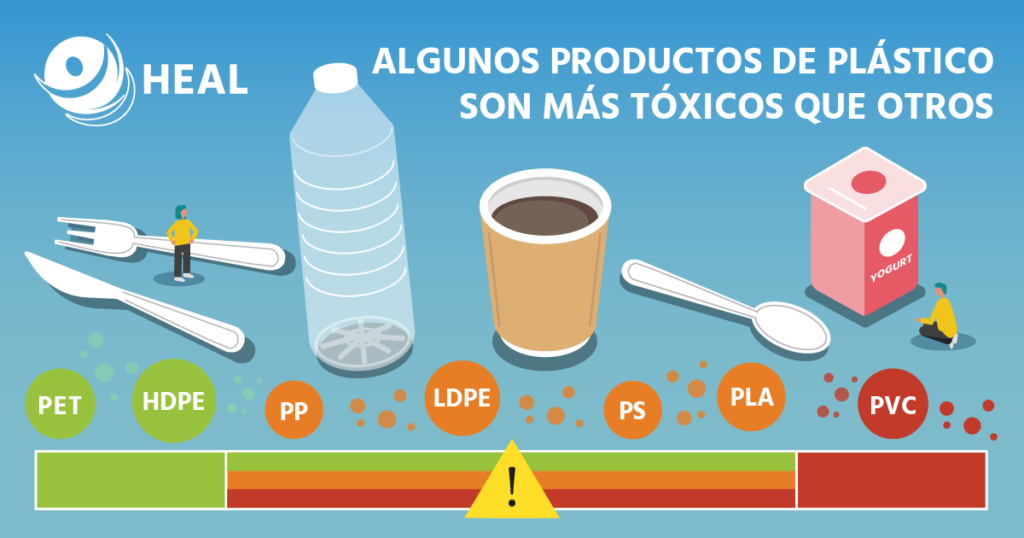
7 – Los efectos para la salud de los químicos usados en los envases de los alimentos incluyen el cáncer, los problemas reproductivos o la disrupción endocrina
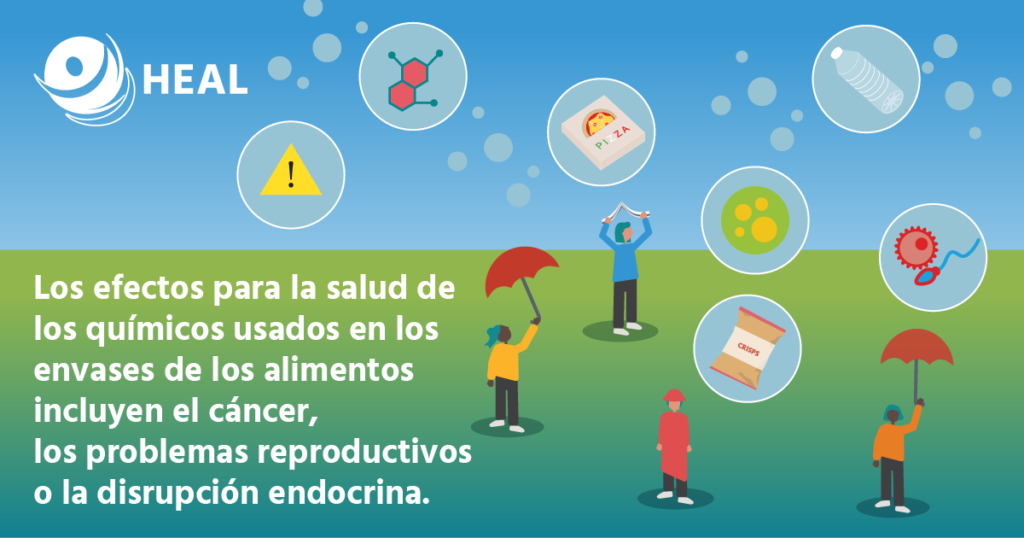
8 – Abordar las mezclas de los productos químicos en los materiales en contacto con los alimentos
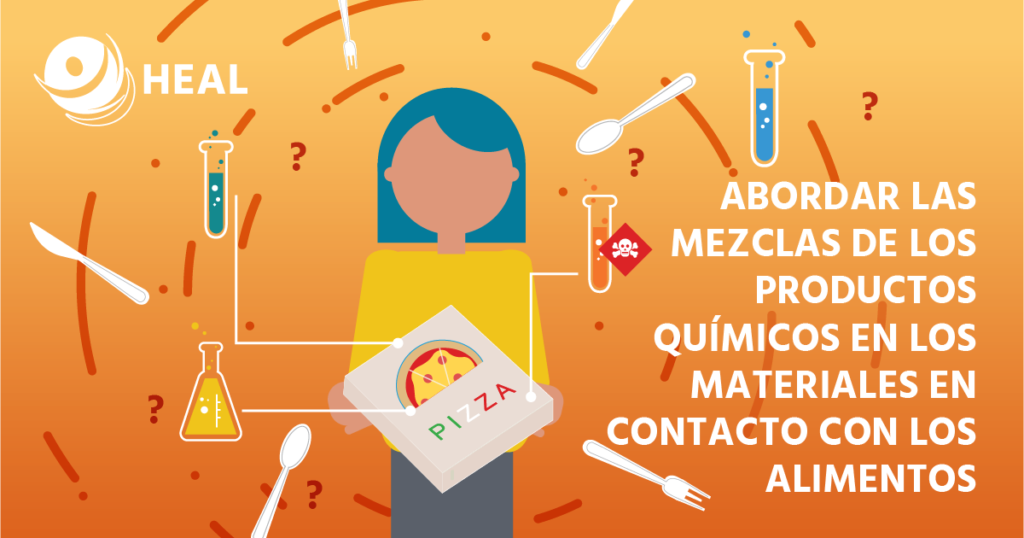
* We thank WECF France, ARNIKA, and Fundación Alborada for supporting the translations into French, Czech and Spanish.
1 – Chemikalien, die zur Verpackung unserer Lebensmittel verwendet werden, können unsere Gesundheit gefährden.
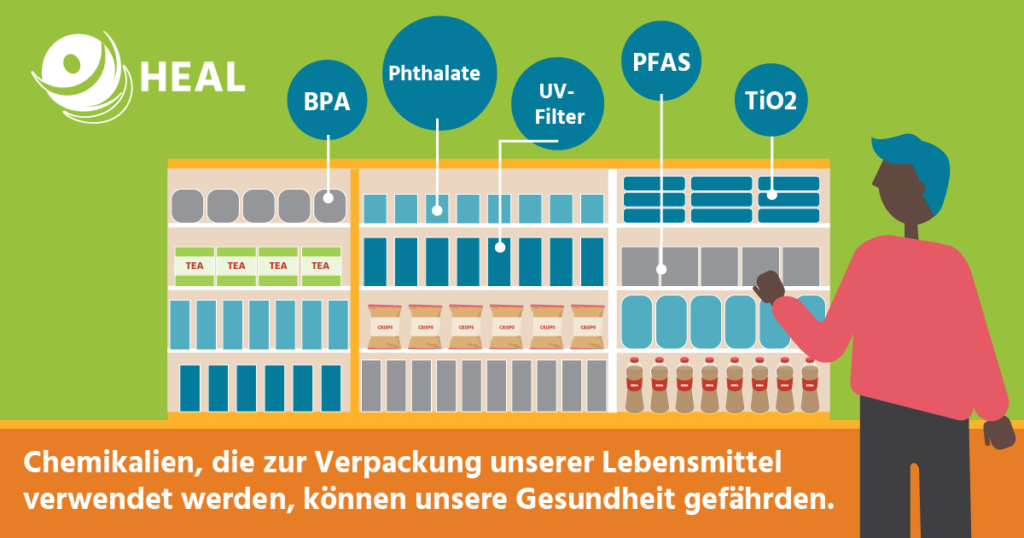
2 – 8.000 Chemikalien können bei der Verarbeitung mit unseren Lebensmitteln in Kontakt kommen. Nicht alle sind auf ihre Toxizität getested worden.

3 – Mindestens 63 Chemikalien, die in Lebensmittelverbackungen aus Kunststoff verwendet werden, sind gesundheitsgefährdend.
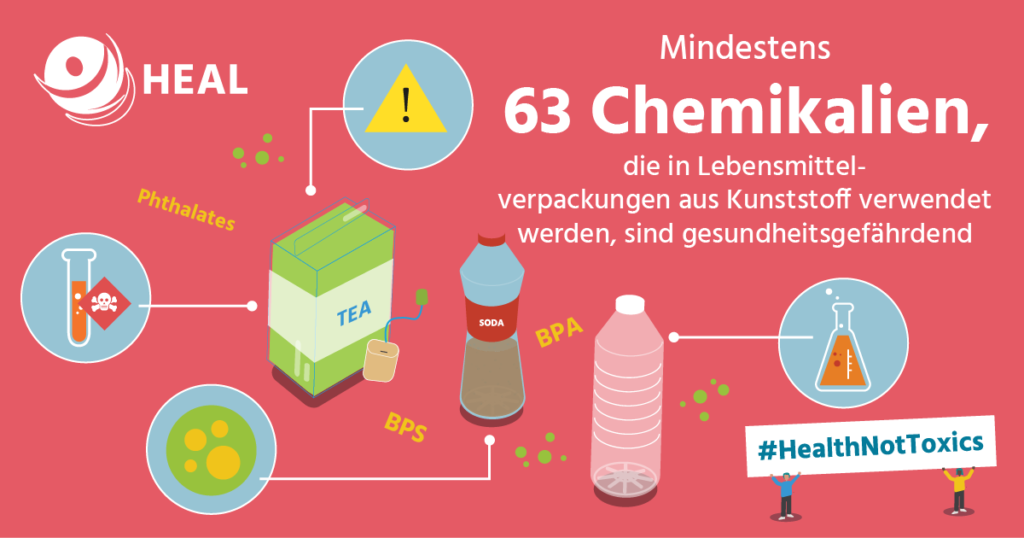
4 – Nur 5 von 17 Materialien, die zur Verarbeitung oder Verpackung von Lebensmitteln verwendet werden, sind auf europäischer Ebene reguliert.

5 – Papier, Pappe und Druckfarben, die für Lebensmittelverpackungen verwendet werden, sind auf europäischer Ebene nicht reguliert.

6 – Einige Kunststoffprodukte sind giftiger als andere
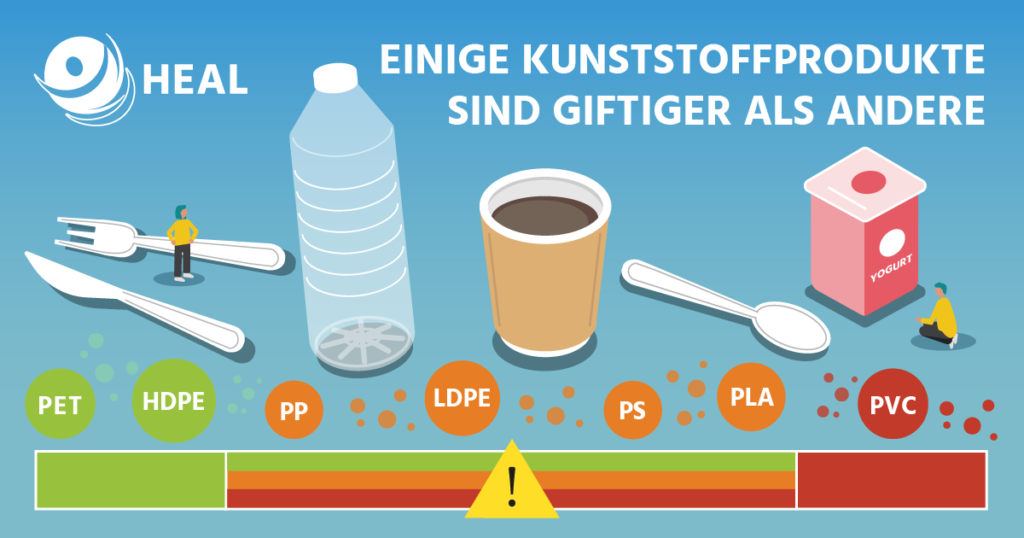
7 – Zu den gesundheitlichen Auswirkungen der in Lebensmittelverpackungen verwendeten Chemikalien gehören Krebs, Fortpflanzungsstörungen oder Hormonstörungen.
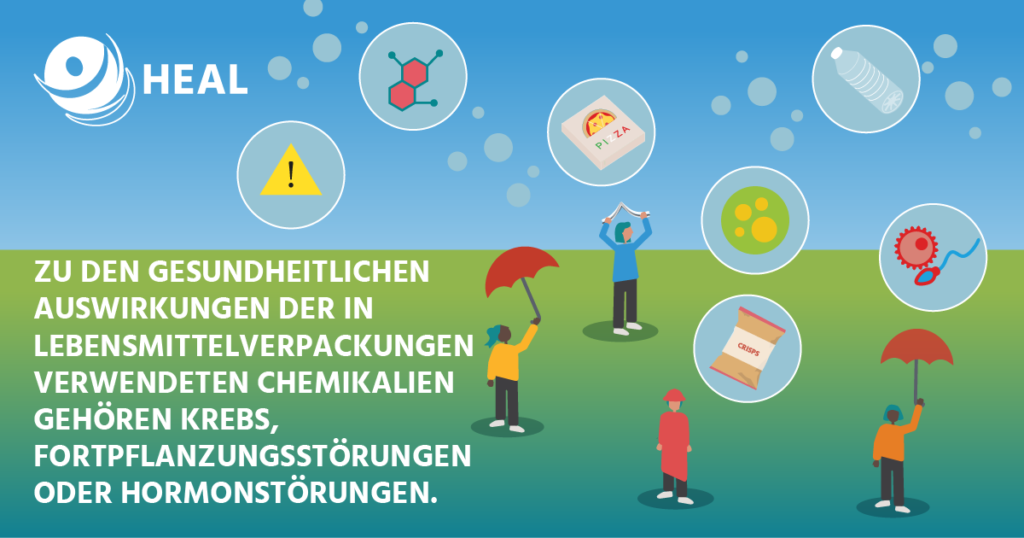
8 – Berücksichtigung von multiplen Chemikalien in Materialien mit Lebensmittelkontakt.
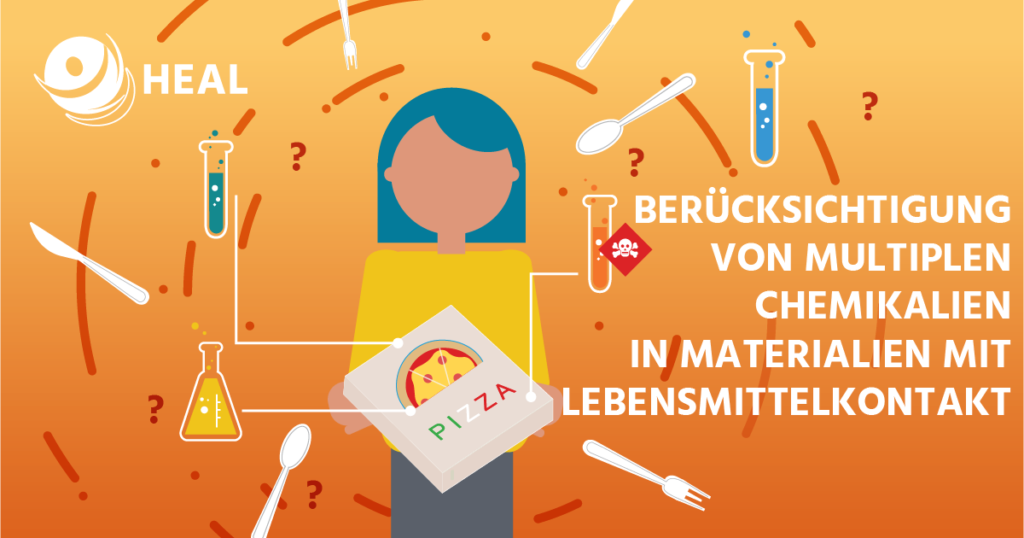
* We thank WECF France, ARNIKA, and Fundación Alborada for supporting the translations into French, Czech and Spanish.
1 – Les substances chimiques utilisées pour l’emballage de nos aliments peuvent mettre notre santé en danger.
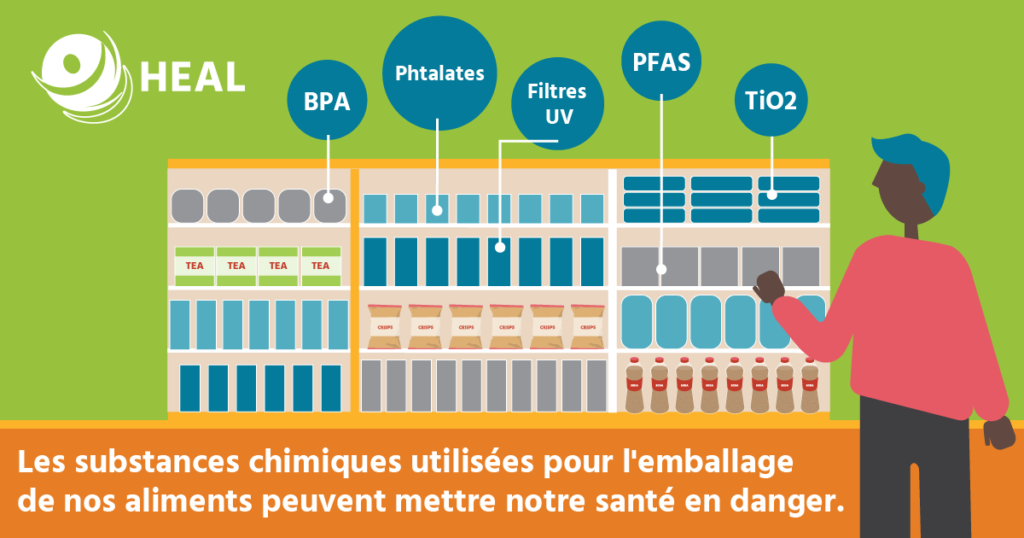
2 – 8 000 substances chimiques peuvent entrer en contact avec nos aliments pendant la transformation. Toutes n’ont pas été testées pour leur toxicité.
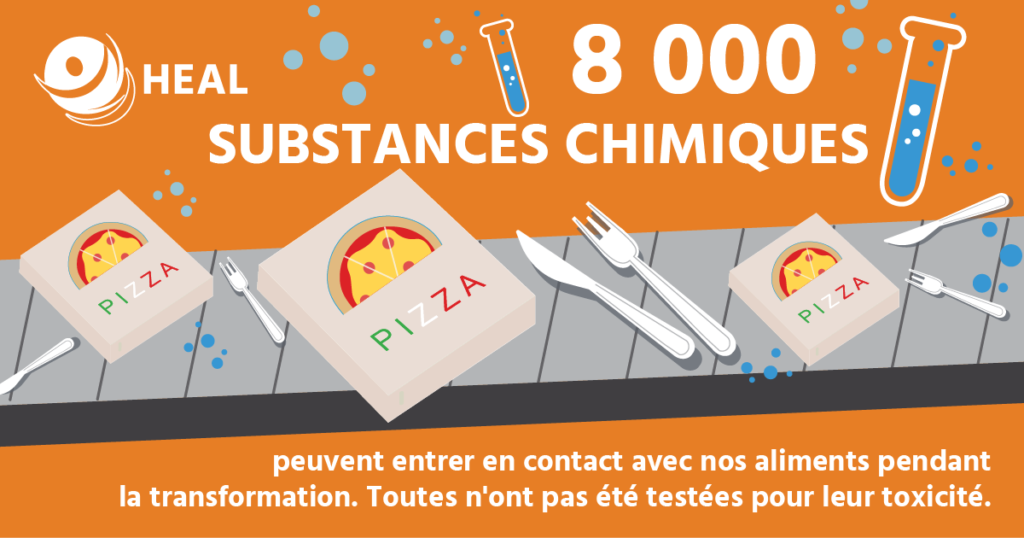
3 – Au moins 63 substances chimiques utilisées dans les emballages alimentaires en plastique sont toxiques pour la santé.
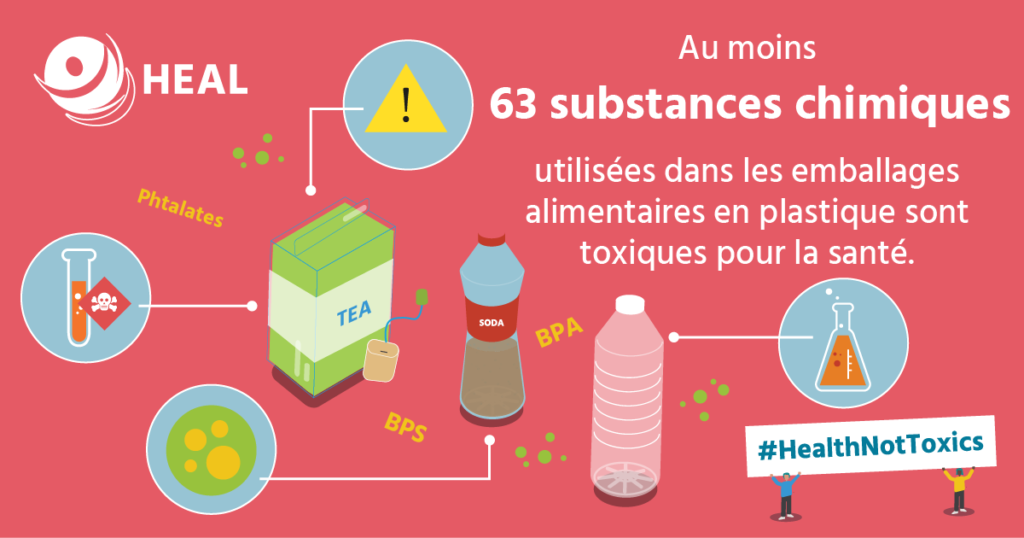
4 – Seuls 5 des 17 matériaux utilisés pour la transformation ou l’emballage des aliments sont réglementés au niveau européen.
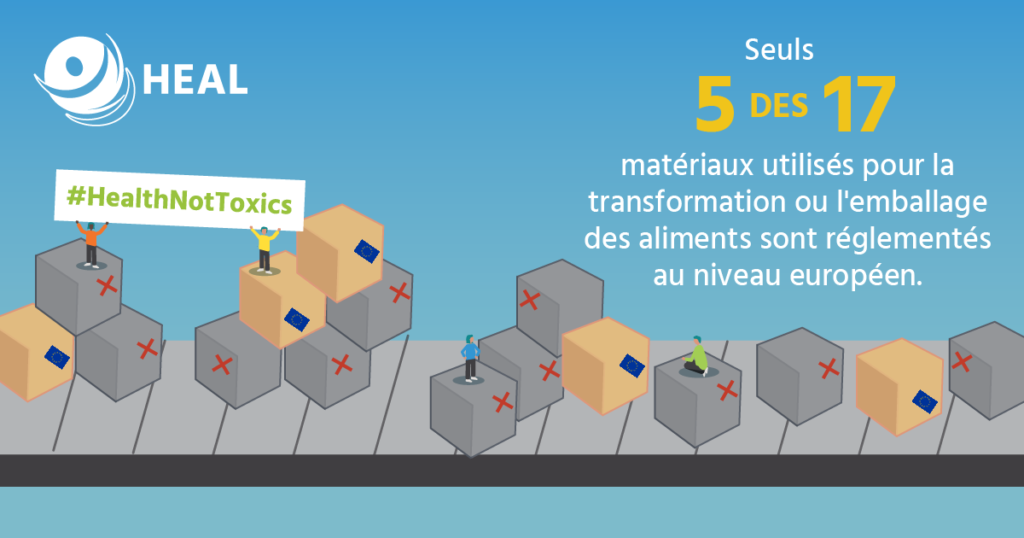
5 – Le papier, le carton et les encres d’imprimerie utilisés pour les emballages alimentaires ne sont pas réglementés au niveau européen.
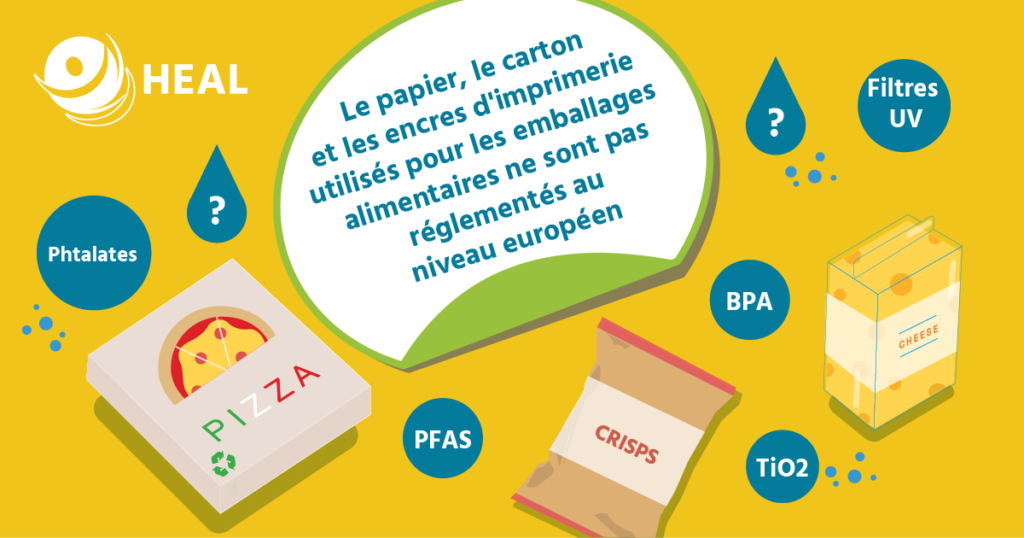
6 – Certains produits en plastique sont plus toxiques que d’autres.
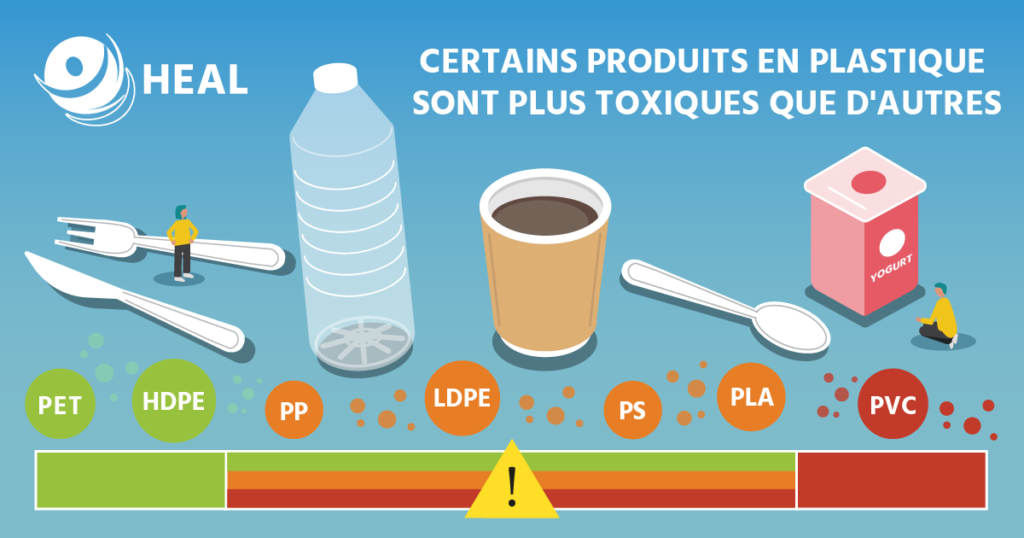
7 – Les possibles effets sur la santé des substances chimiques utilisées dans les emballages alimentaires incluent le cancer, les troubles de la reproduction ou la perturbation hormonale.
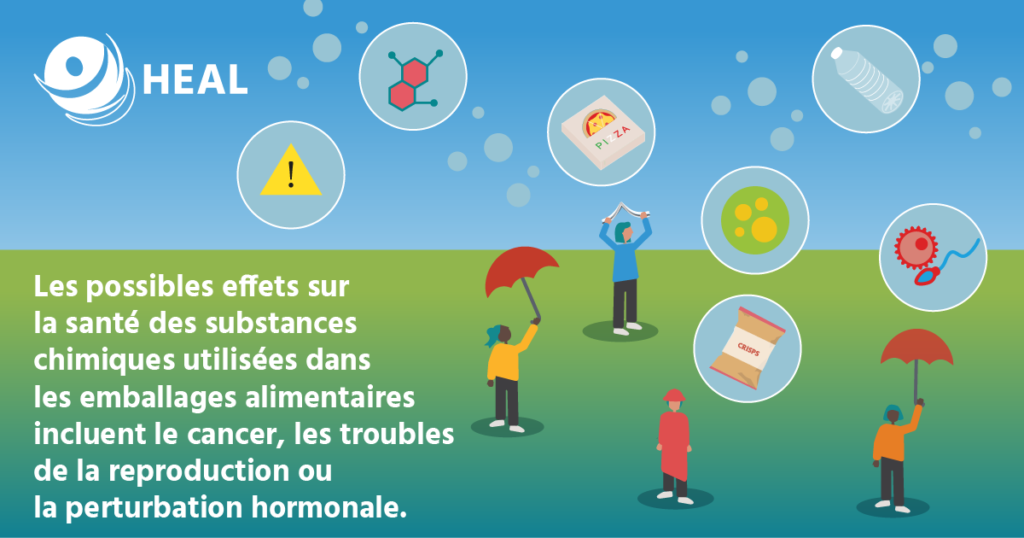
8 – S’attaquer aux mélanges de substances chimiques dans les articles en contact avec les denrées alimentaires.
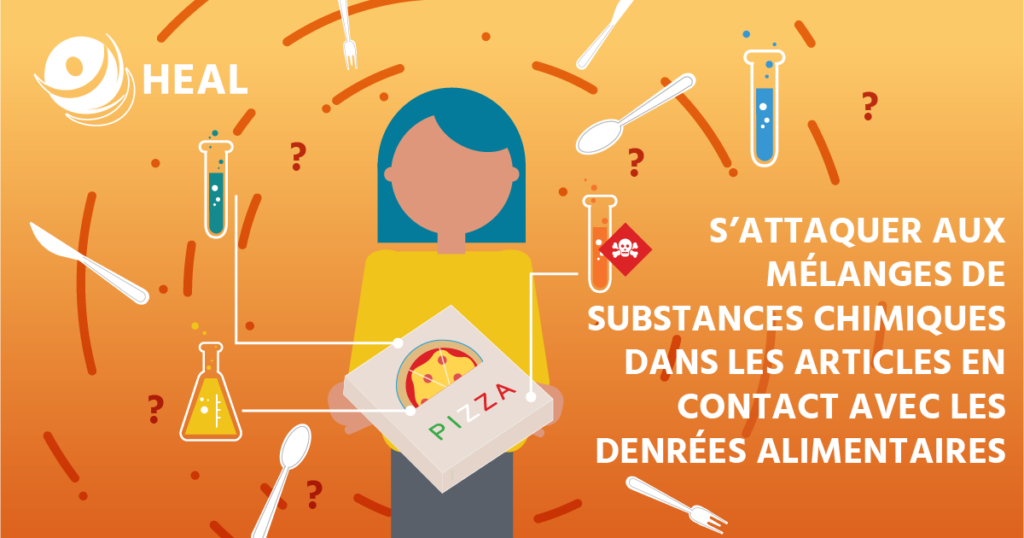
* We thank WECF France, ARNIKA, and Fundación Alborada for supporting the translations into French, Czech and Spanish.
1 – Chemikálie používané k balení našeho jídla mohou ohrozit naše zdraví.
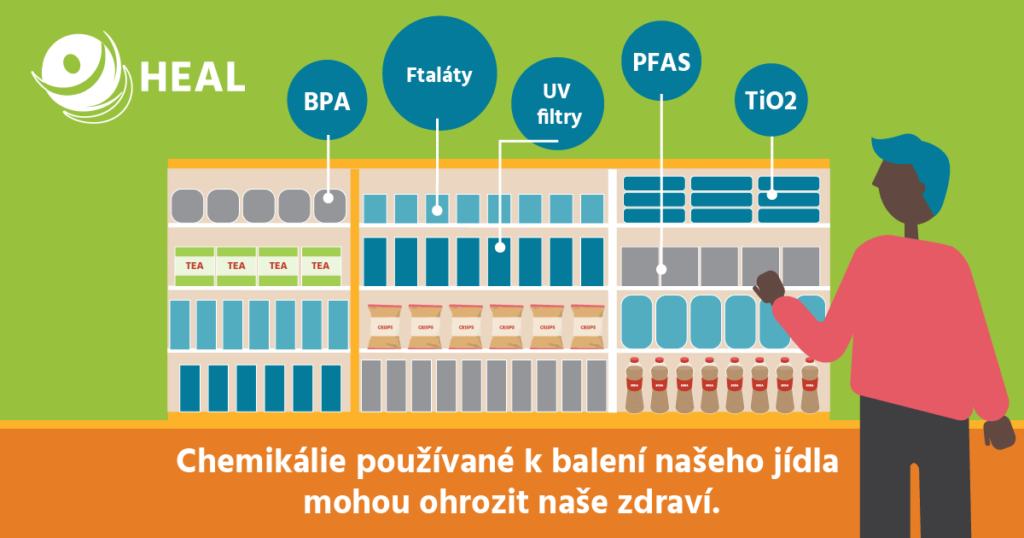
2 – Nejméně 63 chemikálií používaných v plastových obalech na potraviny je škodlivých pro zdraví.

3 – Mezi zdravavotní dopady chemikálií používaných k balení jídla patří rakovina nebo poruchy rozmnožování a hormonálního systému.
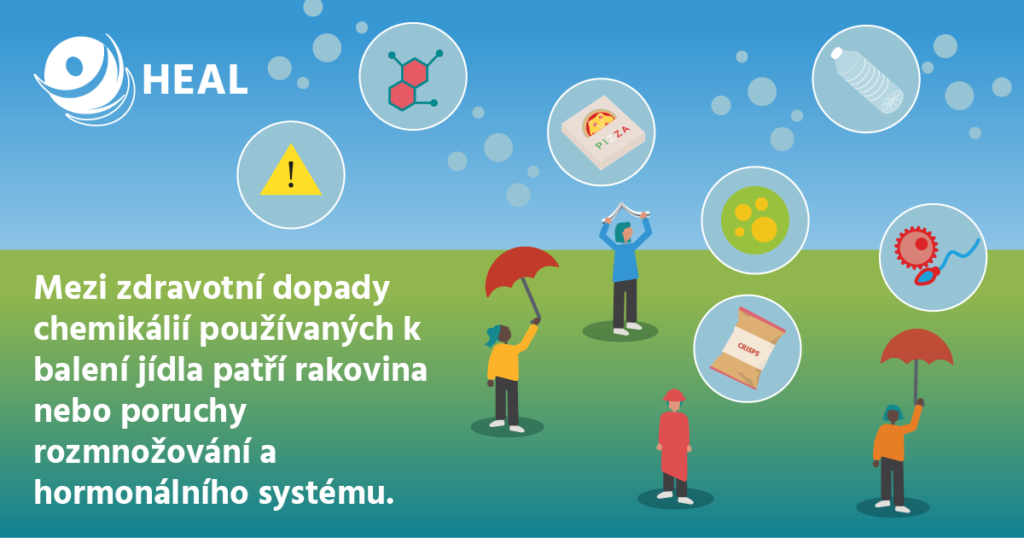
4 – Některé plastové výrobky j sou jedovatější než jiné.

* We thank WECF France, ARNIKA, and Fundación Alborada for supporting the translations into French, Czech and Spanish.

